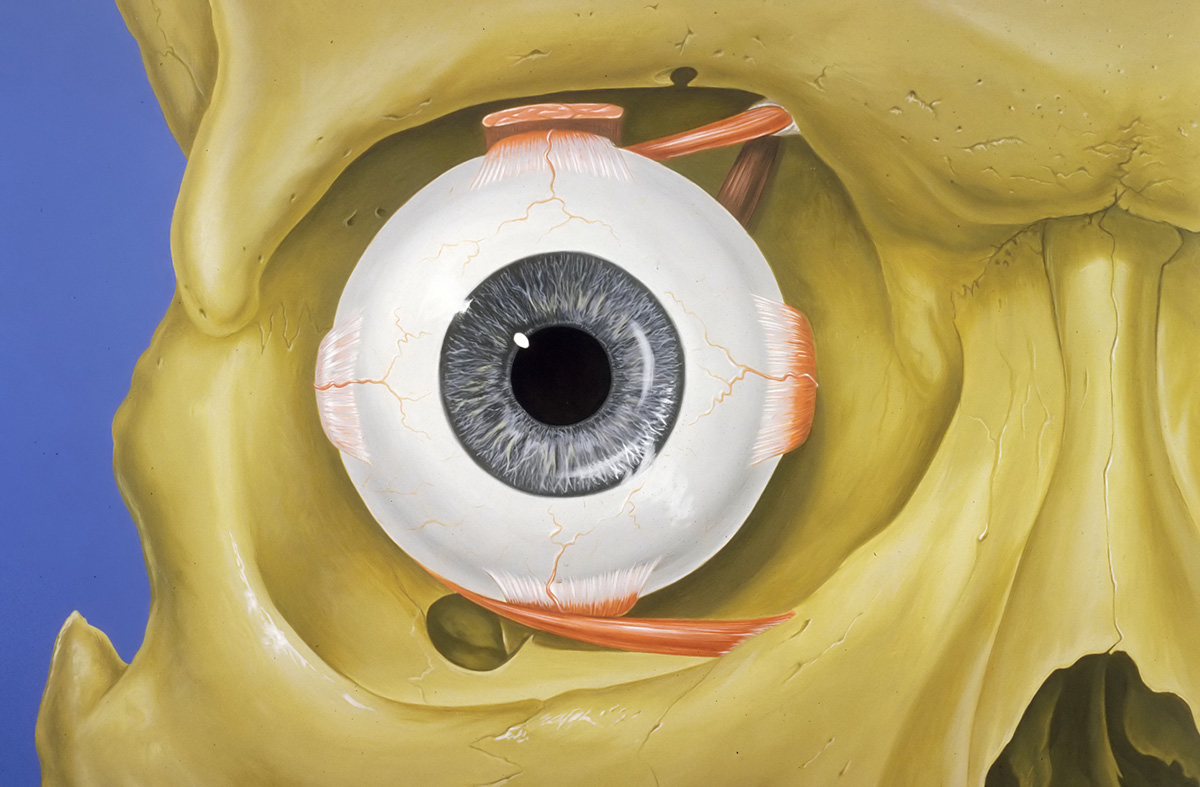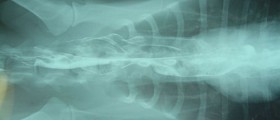
Duchenne muscular dystrophy is a condition which affects muscles. This rather serious X-linked form of muscular dystrophy features with fast degeneration and deterioration of the muscles and ends up in one's inability to move. Death outcome is inevitable. Men are more affected than women as they have only one X chromosome. Women can be either carried or can even get the disease in case their mothers carriers or affected ones and the fathers suffer from the disease.
The first symptoms occur before the age of five. What can be noticed first includes the weakness of proximal muscles and reduction in muscle weight . Still in some cases the muscle mass may appear increased and this mainly affects deltoid muscle. In the beginning the disease is responsible only for weakness of legs. Sometimes the pelvic muscles are the first one showing the signs of dystrophy. The muscle weakness then extends towards the upper extremities, neck and so. The person cannot endure strain and needs support while in standing position. What happens is that muscles are destroyed and fibrous and fat tissue is formed as their substitute. Children tend to have difficulties while walking and present rather odd patterns of walking, running and stepping. In some cases jumping is not even possible. Majority walk on the toes because the calf muscle tonicity is increased. The problems with walking leads to repeated falls. Tiredness is evident even after a minor strain.
The crutches are used in the beginning of the symptoms but they are eventually replaced with wheelchairs. Forced position of the body leads to abnormal posture which results in curving of the spine. Patients end up bedridden and the final stage includes paralysis. There is usually no damage to the brain and intellectual functions are preserved. Still since these children present increased level of fatigue the process of learning may be prolonged. People suffering from Duchenne muscular dystrophy never live up to their 40s. Unfortunately the average lifespan is from late teen to 30s.
Additional conditions may accompany the disease. These include cardiomyopathy and rarely heart failure or arrhythmias. The blood tests in these children present higher levels of creatine kinase which is an enzyme present in the muscles. The enzyme is released into the blood due to muscle damage. The definitive diagnosis is set by genetic testing and biopsy of the affected muscles.
Unfortunately the cure for the disease does not exist. The goal of the treatment is to improve the quality of one's life. A few medications and physical therapy may be beneficial.

















Your thoughts on this
Loading...